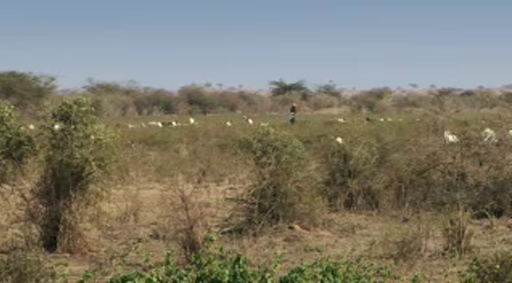2 Securing food, sharing land
Who should own land and how may land be legitimately acquired? The video below, Land Prices in East Anglia, starts to answer these questions by visiting East Anglia.
Activity 1 Land prices in East Anglia
First, read the short article ‘Agricultural land prices hit record high’ [Tip: hold Ctrl and click a link to open it in a new tab. (Hide tip)] (The Guardian, 2011) for some background information on land prices.
Then watch the video Land Prices in East Anglia and, as you watch, think about the questions below and note your answers in text boxes provided.

Transcript: Land Prices in East Anglia
1. How much did the price of arable land increase between 2005 and 2012?
Answer
In 2005, an acre of arable land in East Anglia cost £3000. In 2012, arable land cost about £8000 an acre.
2. What percentage of farmland in East Anglia has been bought by investment funds and large institutional investors?
Answer
About 20 per cent of farmland in East Anglia has been bought by investment funds and large institutional investors.
3. Why do institutional investors see agricultural land as an asset today?
Answer
Agricultural land offers better returns than equities; rising food prices and increased food demands put pressure on agricultural land around the world; agricultural land is relatively cheap compared with development land and other assets.
4. Why does having a portfolio of land in different countries spread risk?
Answer
Buying land in different countries protects against regional uncertainties such as pestilence, political unrest and weather variations.
5. Why is the UK an attractive investment opportunity for farmland?
Answer
The UK does not suffer from extreme climatic variations so harvests are generally reliable and the country is politically stable. It therefore offers good value for investors. However, this situation could change as climate change worsens.
6. How has institutional investment changed farming practices in East Anglia?
Answer
Farming has become more efficient through industrial mechanisation, larger fields and the amalgamation of small farms. Large farming businesses are taking over the running of farms with a more commercial rather than pastoral approach to farming.
The film suggests that in the wake of the food price crisis of 2007–08, there is growing insecurity over food supply. International investors are concerned to hedge risk by diversifying their investment portfolio. The result of both these processes is increased demand for farmland in East Anglia.
